While the city of Detroit, Michigan is the cradle of the North American car industry, electric-car maker Tesla has always marched to the beat of its own drum. So even though it’s a US based entity, Tesla’s worldwide view and its inherent mould-breaking attitude means that its factories are in some interesting locations. But how many are there and in which countries?
Tesla currently has three giant plants across the USA, as well as a plant in China. Some of these plants make the Tesla cars we’re familiar with, while others are responsible for battery and solar technology production. Tesla is also building a fourth North American plant as well as a European gigafactory in Germany, while rumours of a second Chinese plant are also doing the rounds.
Given that Tesla cars are the brand’s most visible, recognisable products, the question usually revolves around where are Tesla cars made? In that case, the answer is the firm’s original gigafactory in Fremont (near San Francisco in California) which builds the Tesla Model S, Model X, Model 3, Model Y as well as components for other Tesla products. The original gigafactory in Fremont is a huge facility (as are all Tesla factories) employing something like 10,000 people. It was once the site of a General Motors manufacturing plant and then a Toyota/GM joint production facility.
The Shanghai plant in China, meanwhile, is the other half of the answer to 'where are Tesla cars built'. That plant produces whole cars, including the Model 3 and Model Y and is slated to produce the forthcoming Telsa Pick-Up which has been pushed back to 2022 at the earliest.
Tesla’s plant in Sparks, Nevada (Near Reno) is largely a battery factory with production of batteries for Tesla cars as well as its Powerwall home-storage battery. The Sparks plant is also a motors factory, producing the electric motors that power Tesla vehicles. The Tesla Semi (delayed but due soon) is also expected to be built at the Nevada plant.
Another Gigafactory is located in New York state, in the city of Buffalo. This concentrates on assembly of solar cells and modules as well as the superchargers that allow Tesla vehicles to be charged quickly in the field.
The factory under construction in the USA now is located at Austin, Texas and will be used to built the Model 3, Model Y and the Pick-Up. The new factory in Berlin, meanwhile, is very close to completion and will initially be used to build the Model Y.
Tesla has always been a brand surrounded by rumours, and these days, these seem to involve a second Chinese plant. The company has also established an Indian business unit, suggesting that a gigafactory on the sub-continent might also emerge.
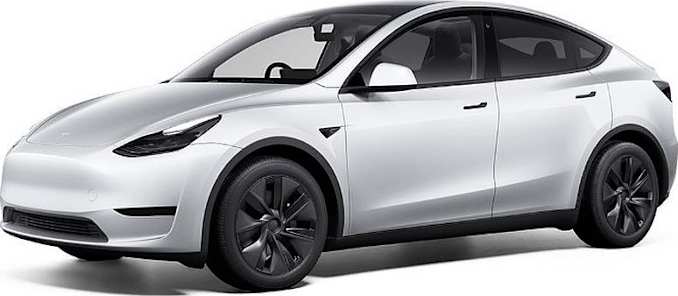
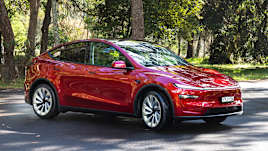
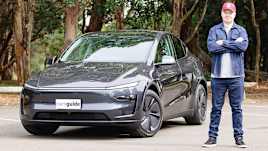
.jpg)
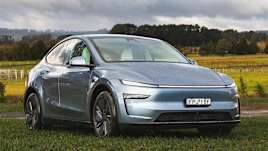
.jpg)

.jpg)

.jpg)
.jpg)
.jpg)








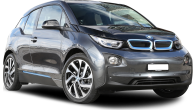

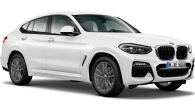


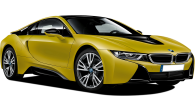


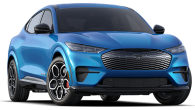


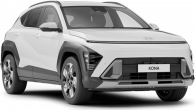


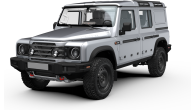











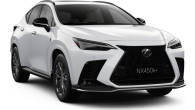



.png)





















